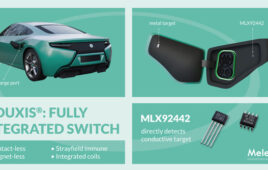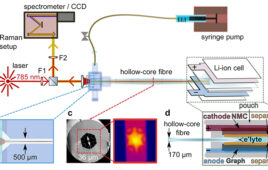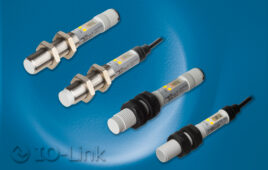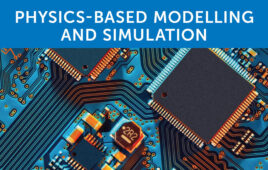Passive infrared (PIR), or pyroelectric PIR sensors as they are also called, detect infrared (heat) radiation in the range of 0.7 µm to 50 µm. The radiated heat can come from humans, animals, machinery and more. Common applications include:
- alarm systems
- consumer electronics
- human body detection
- automatic switches including automatic lighting
A PIR sensor is a three-terminal device in a source follower configuration, typical housed in TO-5 or TO-39 or TO-8 metal case with a metal seal. The simple circuitry also has relatively low power consumption of a couple of milliamps. A field of view (FOV) 0f 138 degrees in the x-direction and 125-dgrees in the y-direction is not uncommon. While heat radiation of wave lengths in a band around 10 microns is common, a wavelength range of 2 to 4 µm is not uncommon and depending on the absorption layers in the filter, the IR sensor can address much shorter and much larger wavelengths. Dual and quad element configurations are offered for pyrodetectors.
In contrast, active IR sensors have two parts: a light emitting diode (LED) and a photodiode detector/receiver to both emit and detect infrared radiation. The emitted light is invisible. The two parts can be physically separated but in-line in an application so someone or something must cross the path between the devices and interrupt the signal. Alternatively, both the emitter and detector are mounted in a single package and face the same direction. The receiver detects the reflection from an object and as a result, this configuration is good for detecting movement. Common applications of active IR sensor occur:
- in manufacturing, where the sensor detects the proper or improper position of an object on a conveyor
- in business or commercial buildings, where the sensor detects unexpected movement in off hours
- as safety sensors for garage doors
Filed Under: Sensor Tips




